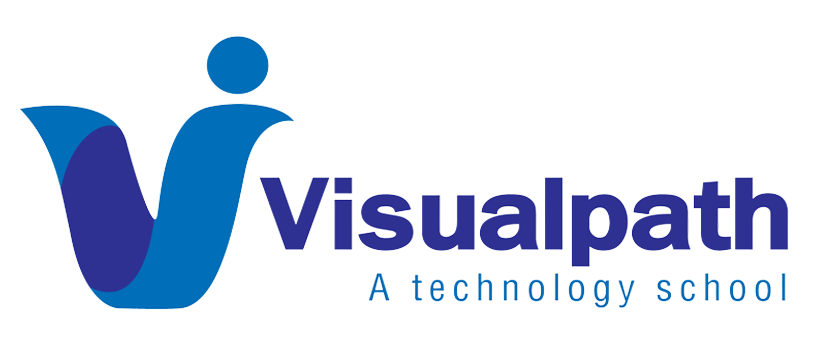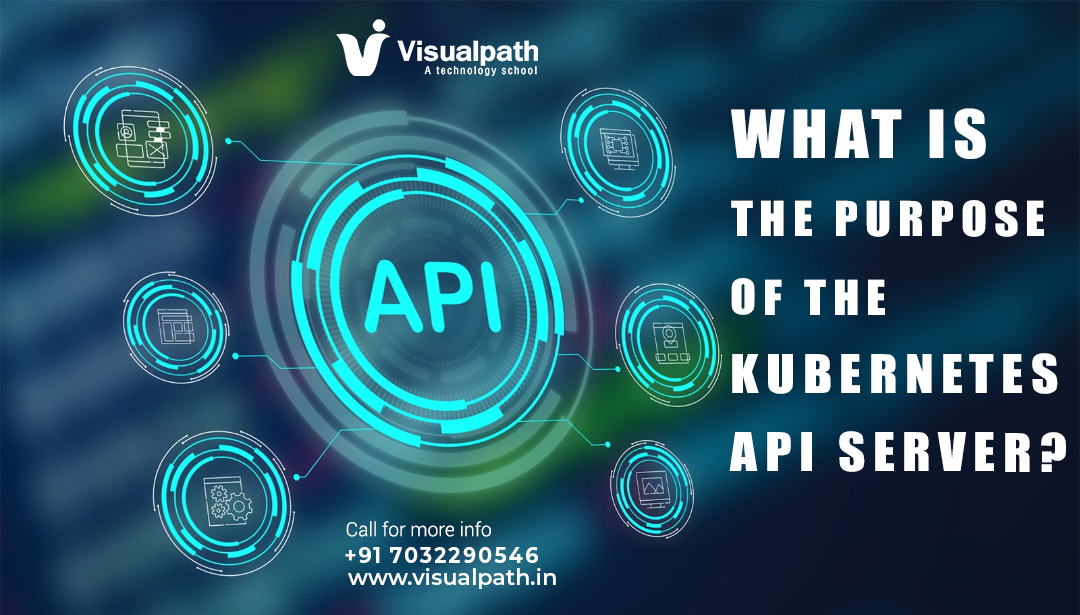Kubernetes, often referred to as K8s, is an open-source platform designed to automate the deployment, scaling, and operation of containerized applications. At the heart of lies a critical component known as the API server. It is the central management entity that acts as the bridge between users, various system components, and the cluster itself. To understand the functionality and importance of Kubernetes, it’s essential to grasp the role and purpose of the API server.
What Is the Kubernetes API Server?
The Kubernetes API server is the core control plane component of a Kubernetes cluster. It serves as the gateway for all administrative commands and operations. Whether a user wants to deploy an application, scale a service, or check the status of a pod, the API server is the component that processes these requests. Docker and Kubernetes Training
Essentially, it exposes the Kubernetes API, a RESTful interface that users and internal components can interact with. Every communication within the cluster — from user interactions to internal component exchanges — flows through this API server.
Central Role in Cluster Communication in Kubernetes
The API server is the main communication hub of the cluster. It accepts and processes REST API calls and then validates, authenticates, and routes them accordingly. Here’s a simplified breakdown of how it manages cluster communication:
- Receives requests: These can come from users (via command-line tools like kubectl or through automation scripts), internal cluster components, or controllers.
- Validates requests: The API server checks if the request is valid in structure and syntax.
- Authenticates and authorizes: It ensures the request is from a trusted source and checks if the user or component has the necessary permissions.
- Processes and stores data: Once validated, it updates the desired state in the cluster’s key-value store, typically etcd.
- Returns status: It provides immediate feedback on the request’s status or returns the requested data.
Acting as the Cluster’s Front Door in Kubernetes
Think of the API server as the front desk or reception of a large organization. Every request, whether it’s to schedule a meeting (deploy a pod), check a status (monitor resources), or update a plan (scale a service), goes through this central point. This centralization ensures consistency and control across the entire system. Docker and Kubernetes Course
The API server is also the only component that directly interacts with etcd, the backing store for all cluster data. This tight integration means the API server is responsible not just for receiving data but also for managing the authoritative state of the cluster.
Maintaining the Desired State
In Kubernetes, there’s a concept known as the desired state — what the system should look like at any given moment. For instance, a user may declare that they want three replicas of a particular application running. The API server records this desired state and communicates it to the appropriate controllers.
Controllers then act on this information to bring the actual state (what’s really running) in line with the desired state. All these operations begin with the API server receiving and storing the user’s intent.
Facilitating Automation and Extensibility
One of biggest strengths is its ability to be automated and extended. The API server plays a foundational role here by offering a programmable interface. Developers can write scripts or integrate external tools that interact directly with the Kubernetes API, enabling: Docker Kubernetes Online Course
- Continuous integration and deployment pipelines
- Monitoring and alerting tools
- Custom resource definitions (CRDs) to extend Kubernetes functionality
- Third-party orchestration and automation systems
Without the API server, such seamless automation would not be possible.
Ensuring Security and Governance
Security is a core concern in any distributed system, and the API server enforces strict control over access to cluster resources. It incorporates: Kubernetes Certification Training Course
- Authentication: Verifying user identity
- Authorization: Granting access rights
- Admission control: Validating incoming requests against specific policies
These layers ensure that only legitimate users and components can perform actions, providing a secure and stable foundation for workloads.
Conclusion
The Kubernetes API server is much more than a technical component; it is the command center of the Kubernetes ecosystem. It orchestrates all interactions, ensures the system behaves as intended, and provides a secure and scalable interface for managing modern applications.
Without the API server, Kubernetes would lose its structure, reliability, and flexibility. Its pivotal role in managing state, ensuring security, and enabling automation makes it one of the most critical elements in any Kubernetes deployment.
Trending Courses:ServiceNow, SAP Ariba, Site Reliability Engineering




